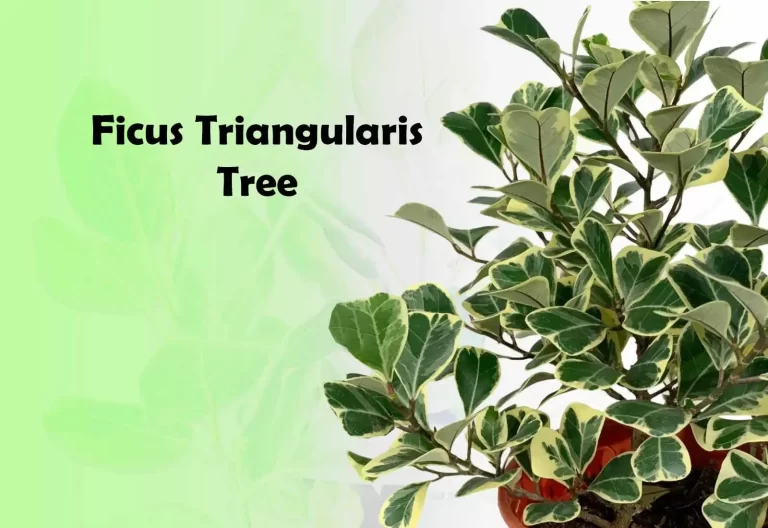Ficus Triangularis
A charming and eye-catching plant with distinct heart-shaped, triangular leaves that bring a fresh, vibrant, and elegant touch to your living space.
-
Unique Features of Ficus Triangularis Tree and Ficus Triangularis Bonsai Tree
The Ficus Triangularis tree, commonly known as the Triangle Fig, is a fascinating plant that has captured the hearts of plant enthusiasts worldwide. This unique species belongs to the Ficus family and is renowned for its distinctively triangular leaves, which set it apart from other Ficus varieties. Ficus Triangularis as a Tree Ficus Triangularis, when…
-
Care for Ficus Triangularis and Ficus Triangularis Variegata
Ficus Triangularis and Ficus Triangularis Variegata plants, known for their unique triangular leaves and variegated patterns, are popular indoor and outdoor decor choices. This guide provides essential care tips to help you keep them thriving. Ficus Triangularis Care Ficus Triangularis, the Triangle Fig, boasts unique triangular-shaped leaves that require proper care and attention for optimal…
-
Ficus Triangularis Variegata Plant Growth and Care Tips
Ficus Triangularis, or the Triangle Fig, is a captivating plant known for its unique triangular-shaped leaves. It belongs to the Ficus family and has gained popularity as an indoor and outdoor ornamental plant. This unique member of the Ficus family stands out for its distinctive triangular leaves, making it an eye-catching addition to any interior…



